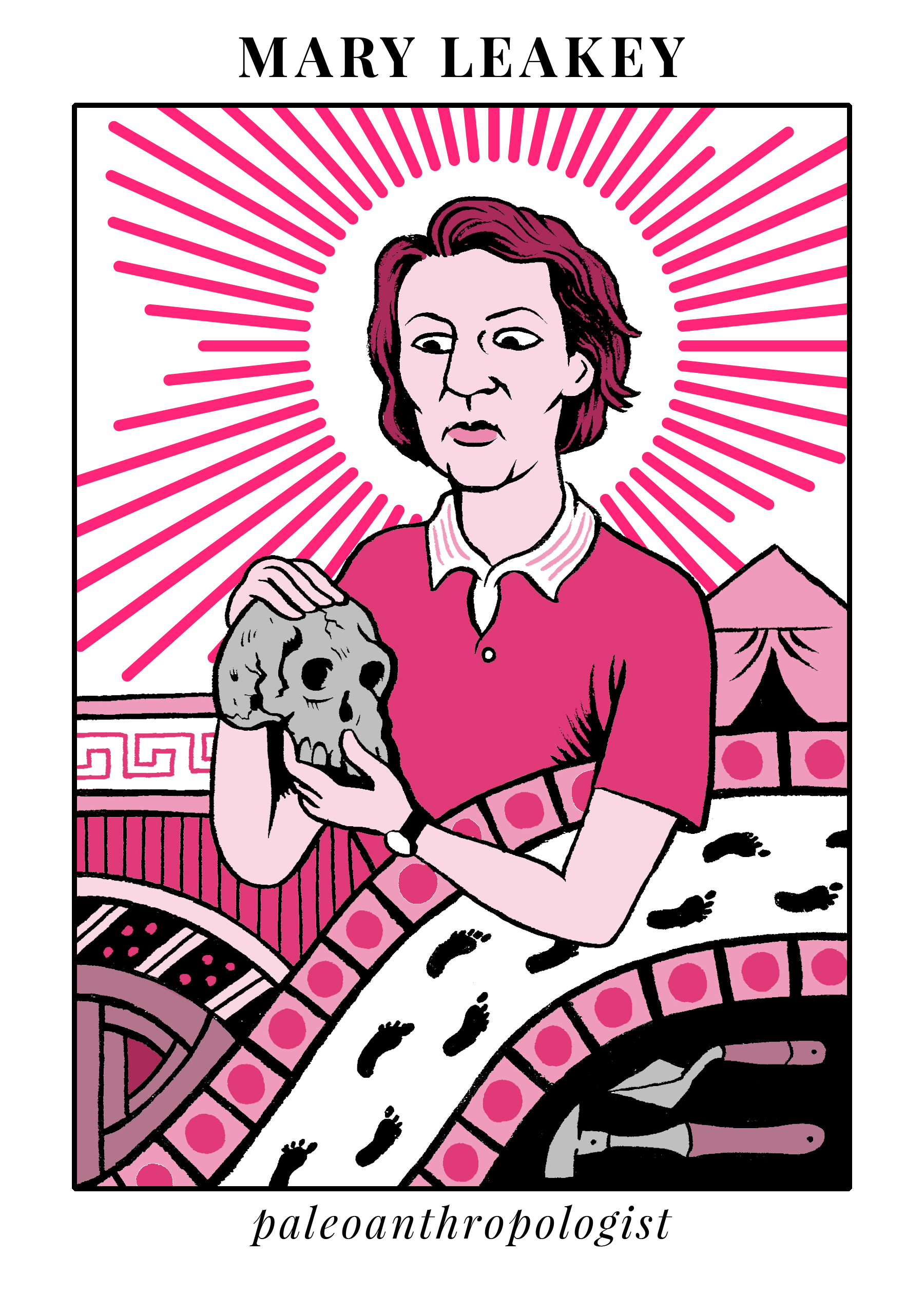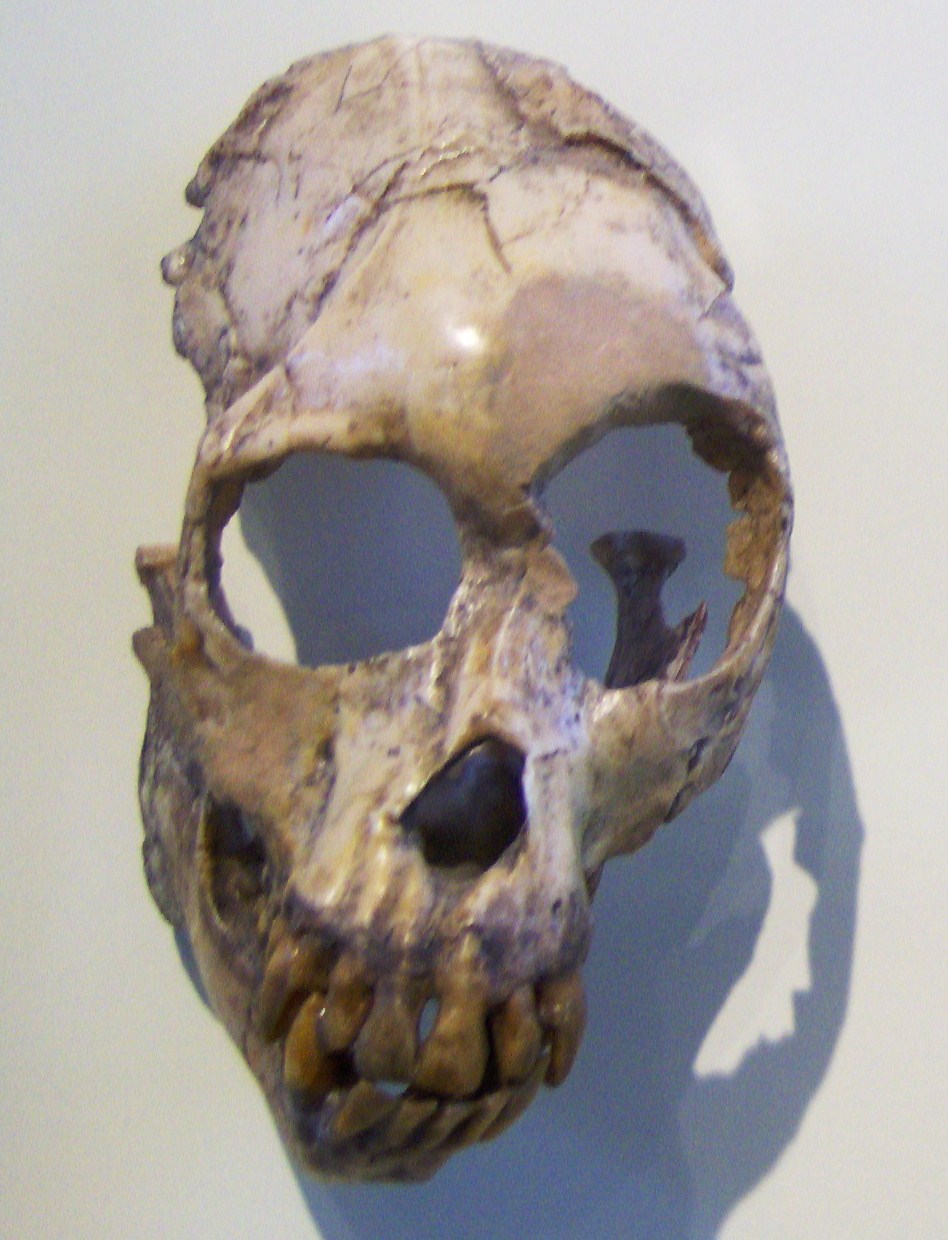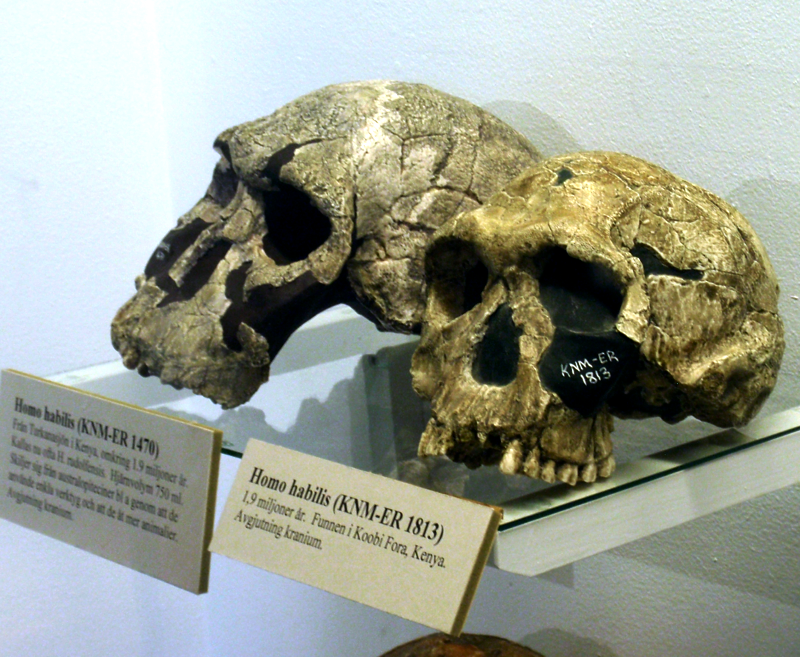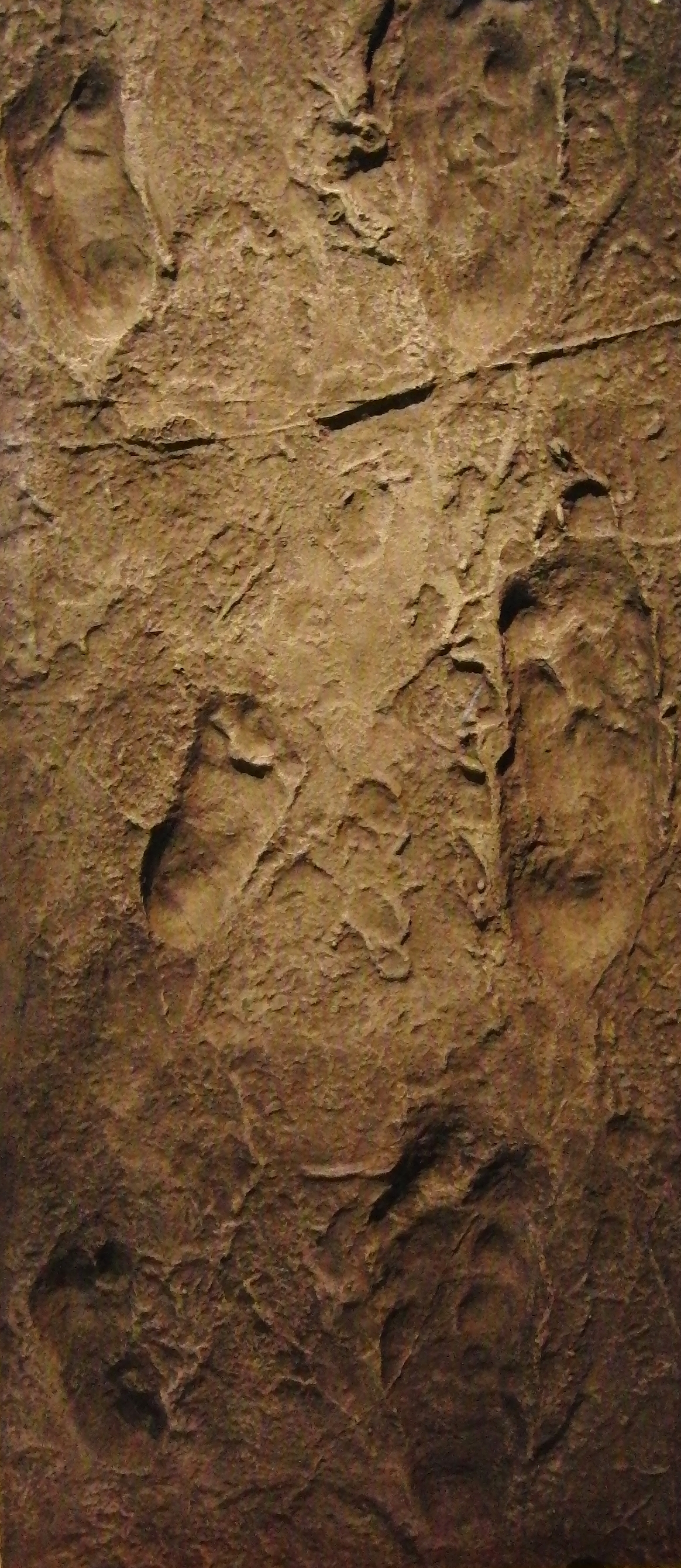4 incredible fossils found by paleoanthropologist Mary Leakey
Meet the British anthropologist who completely changed our understanding of the hominid ancestral tree
Matteo Farinella
Mary Leakey revolutionized our understanding of how humans and primates evolved. Born in London in 1913, she spent decades uncovering ancestral hominids in East Africa. Among many other achievements, she was essential in creating the field of modern paleoanthropology while working at Olduvai Gorge in Tanzania.

Mary’s fossil finds (often working alongside her husband, Louis Leakey) changed our understanding of the location where hominins–ancestral species of modern humans–split into different species and evolved: namely, Africa. To this day, scientists continue to debate the dating of early fossils, their species classification, and their place on the evolutionary tree. But Mary's four key finds indelibly altered the field of paleoanthropology.
Proconsul africanus, the ancestral ape
In 1948, Leakey found an almost-complete fossil skeleton of a slight ape-like species near Lake Victoria. It was later named Proconsul africanus. This small primate is now considered the ancestral species of both apes and humans, which later split into two evolutionary paths. Proconsul lived from about 23 to 14 million years ago.

Paranthropus/Australopithicus bosei, the dead-end
In 1959, Leakey was working in the famous site Olduvai Gorge in Tanzania when she discovered an approximately 1.75 million year-old fossil skull of a new, extremely robust species of hominin. This specimen, named OH 5, was likely part of a genus of hominins called Paranthropus (scientists are still debating this fact). These hominims had very big jaws, large teeth, small brains and walked on two legs. Scientists think the Paranthropus genus died out, while the coexisting genus Homo flourished. Some species of Homo later evolved into modern Homo sapiens.
%2C_Olduvai_Gorge_-_Springfield_Science_Museum_-_Springfield%2C_MA_-_DSC03368.jpeg)
Homo habilus, the tool-maker
In 1961, Leakey found several fossilized specimens in Olduvai Gorge: parts of a mandible or jaw, teeth, skull, fingers and hands. Because these fossils were found along with some of the first stone tools, and dated similarly, between 2.1 and 1.5 million years ago, scientists believe Homo habilus is the first tool-user in our ancestral lineage.

Laetoli footprints, the clearest evidence of bipedalism
From 1976 to 1978, Leakey excavated one of the most explosive finds in archaeology and paleoanthropology: incontrovertible evidence that a species of hominid walked on two legs as many as 3.7 million years ago. Scientists now believe that the species that created these footprints was the ape-like, small-brained Australopithecus afarensis.
